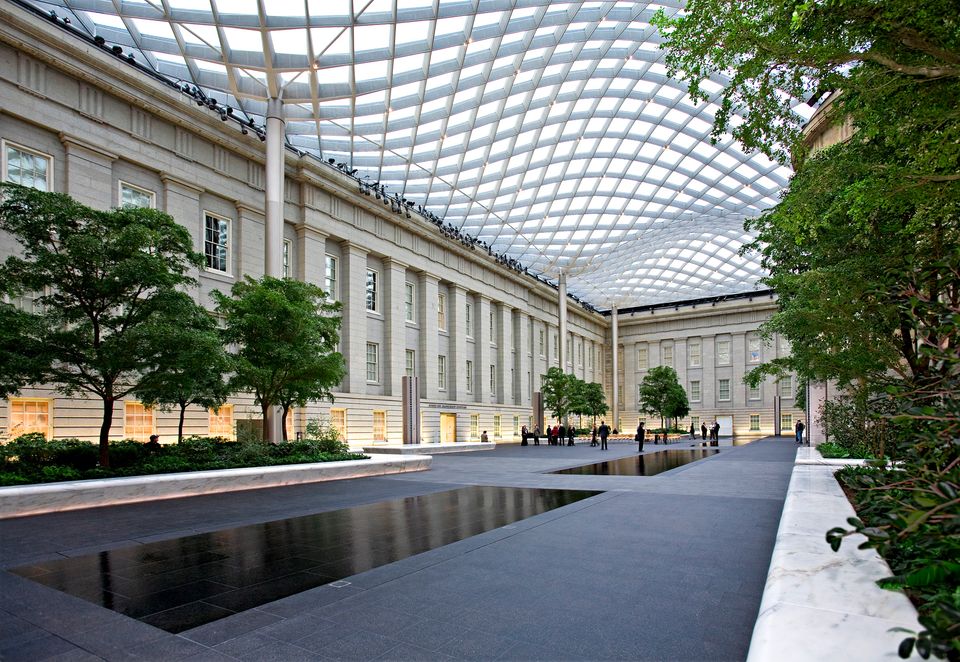
How can museum practitioners leverage the most traditional form of gallery interpretation — labels and text — to connect meaningfully with twenty-first century audiences? At this virtual convening, five teams of curators and interpretation specialists from museums across the country will present case studies that consider the production of museum labels through the lenses of collaboration, inclusive language, and centering the visitor experience.
Presentations
Corning Museum of Glass
Ancient Stories in Modern Contexts: Community-Informed Label Writing at the Corning Museum of Glass
Troy Smythe, Manager of Interpretation Strategy & Education Projects
Katherine Larson, Curator of Ancient Glass
The archaeological site at the heart of the exhibition Dig Deeper: Discovering an Ancient Glass Workshop presented our museum with a complex challenge. The workshop dates from the late Roman period and is sited near a modern village called Jalamet el-Asafna whose Palestinian residents were displaced after the founding of Israel in 1948. Our story of an ancient glass workshop needed to consider this modern context.
We asked members of our local community, including followers of Judaism, Christianity, and Islam for their perspective on the exhibition. All have personal connections to the region surrounding Jalame. Through a series of conversations mediated by Sarah Pharoan of Dialogic Consulting the group helped us draft labels, refine maps, and understand the perspectives of multiple audiences who might visit the exhibition. A community statement they crafted supplied an opportunity for the Museum to grow in surprising ways.
Denver Art Museum
Cultivating a Critical Eye in the Face of Beauty: Lessons from the Exhibition Near East to Far West: Fictions of French and American Colonialism at the Denver Art Museum
Lauren Thompson, Senior Interpretive Specialist
JR (Jennifer R.) Henneman, Director & Curator, Petrie Institute of Western American Art
The text and interpretive program for the DAM's 2023 Near East to Far West exhibition evolved over a five-year planning period, responding to feedback from community focus groups, consultations with our NEH advisory committee, and conversations with the DAM's Indigenous Advisory Council, EDI Committee, and front-line staff. We heard many perspectives—sometimes conflicting ones. In this session, hear how the planning team worked with internal and external stakeholders (including a poet, perfumer, and filmmaker) to present an interpretive program that worked to infringe upon the visual allure and authority of the 19th century Orientalist and western American paintings included in the exhibition.
Fine Arts Museums of San Francisco
Foregrounding Indigenous Voice: The Path to Didactic Institutional Change
Abram Jackson, Director of Interpretation
Christina Hellmich, Curator in Charge, Department of the Arts of Africa, Oceania and the Americas and the Jolika Collection of New Guinea Art
How does an institution position Indigenous voices in didactics? The creation of the Director of Interpretation position at the Fine Arts Museums of San Francisco has supported the institutionalization of a process that centers interpretation partners whose lived experiences and expertise foreground the interpretive framing. Prior to 2022, efforts were departmental and led by individual staff who worked closely with community partners to involve them in expanding narratives in permanent gallery installations and special exhibitions. A new comprehensive path is being forged that centers collaboration across departments and communities under the stewardship of the director of interpretation. This case study focuses on several recent traveling exhibition projects including: Jules Tavernier and the Elem Pomo, Ansel Adams in Our Time and Irving Penn outlining the strategy, approach and outcome of a didactic program that adds voice and agency to Indigenous communities.
Nelson-Atkins Museum of Art
Building Our Values (and Living Them): Reducing Harm in Labels
Rachel Nicholson, Director, Visitor Engagement & Research
Stephanie Fox Knappe, Sanders Sosland Senior Curator, Global Modern and Contemporary Art, Head American Art
Museums are filled with cues—the language we use, the stories we tell, and the ones we exclude—that affect peoples’ experiences and sense of belonging. Harm reduction requires us to acknowledge the exclusionary and colonial contexts in which our institutions and collections were built so we do not perpetuate these legacies or create new ones. In the context of museum labels, harm reduction means recognizing that language has the power to exclude, dehumanize, and uphold systems of power. Rather than simply including more voices or telling new stories, harm reduction challenges existing narratives and dismantles them. In the summer of 2020, Interpretation and Curatorial colleagues initiated a collaboration to collectively understand harm and imagine new values committed to inclusive and equitable storytelling. In this presentation we will share our process, our learnings both internally and from visitors, and our new Principles and Values that guide our label writing and approaches to interpretation.
Smithsonian American Art Museum
American Voices and Visions: Adopting a Dialogue-Driven Interpretive Writing Approach
Kelly Skeen, Interpretation Specialist
Melissa Ho, Curator of Twentieth Century Art
In September 2023, SAAM opened its initial phase of American Voices and Visions, a multiyear reinstallation of the museum’s permanent collection galleries. The new installation of modern and contemporary art offers opportunities for connection and dialogue—between artists and ideas, between artworks and viewers, and among the artworks themselves. To promote visitor engagement with this new expansive view of American art, we developed the Museum’s first interpretive style guide, grounded in the idea of conversation and personal meaning making. Across text produced by numerous writers, we established a cohesive tone that is informed yet informal and aims to connect with a wide audience through straightforward and approachable language. With shorter labels that engage the reader directly, we invite audiences into a conversation with the museum and each other.
Credits
The Writing on the Wall is organized by the Smithsonian American Art Museum and supported by the Henry Luce Foundation.















